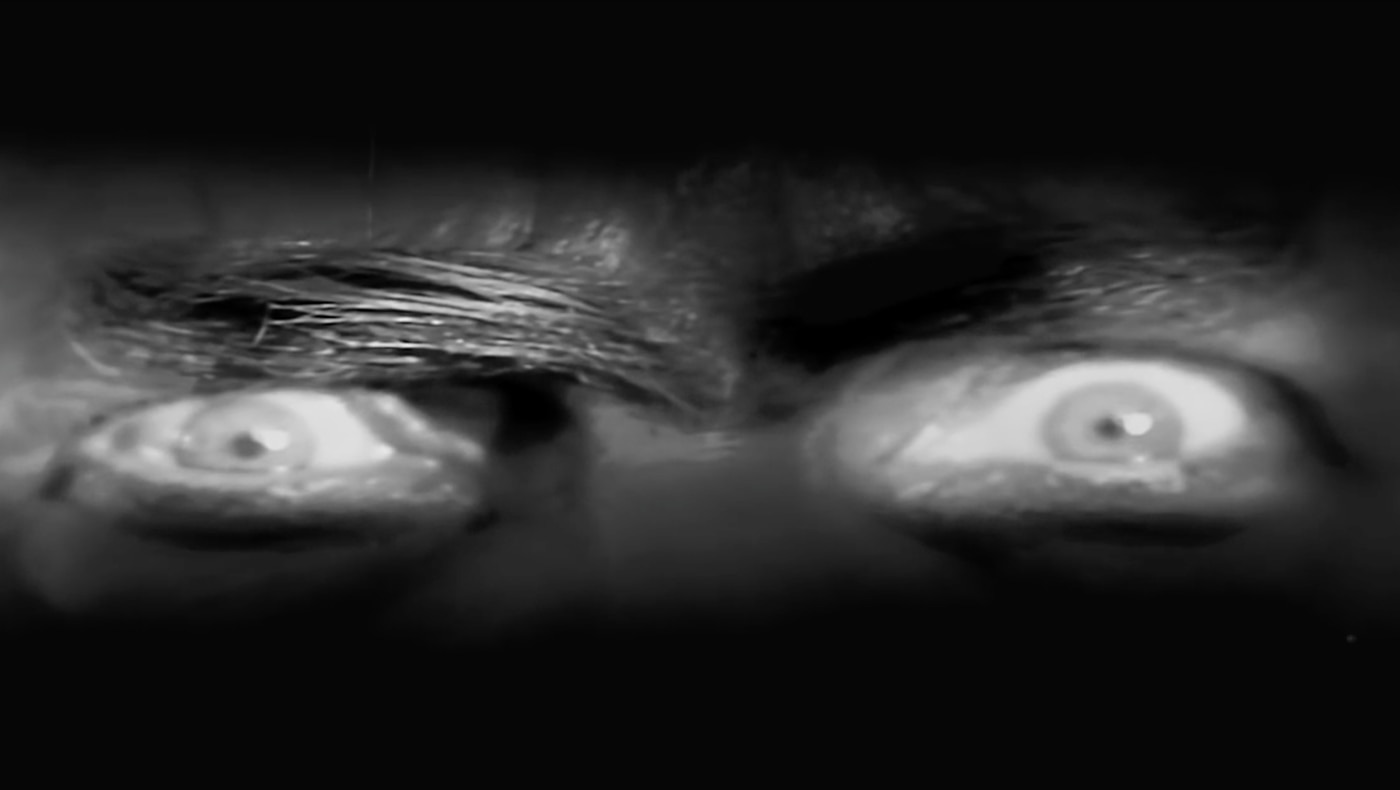"The earliest press mention of White Zombie was likely the January 6, 1932, Hollywood Reporter comment that the Halperins had leased office space at Universal Studios to get their film "Zombie" underway. Whether they were aware of the preproduction of the Broadway play Zombie is unknown, but many readily thought the play was a natural for the screen." (Rhodes. White Zombie: Anatomy of a Horror Film. 2001.)
10 days after the Broadway play "Zombie" premiered, the Motion Picture Herald "claimed that "Zombie ...will soon find its way into celluloid. Representatives ... are ... negotiating for screen rights." But director Victor Halperin and producer Edward Halperin didn't have a script yet and the budget was just as ambiguous from being anywhere between $50,000 to $62,500 after having divested from Liberty Films to Phil Goldstone Productions. But as to if producer Phil Goldstone or the Halperin brothers had to or didn't ask permission for "Zombies"'s rights for the screen is even less ubiquitous.
"As a Chicago Tribune article that spring made clear, "Cinema Rights to Plays Bring Petty Prices." The press seemingly did not suggest the Halperins stole or appropriated the idea of zombies from Webb's play. Perhaps the only question to have arisen was one posed by The Hollywood Reporter. Immediately after discussing White Zombie, the trade asked "What producer, strapped for a suitable title on a finished film, appropriated one from a play which had been submitted and then found out he would have to pay a century for its use--and is it worth it?" The comment seems to point to White Zombie, but if so the answer to the question "Is it worth it" would have to be a resounding "no." After all, the word "zombie" had appeared both in Seabrook's book The Magic Island [the first time the word had appeared in popular culture] and as the title of 1929's unproduced play Zombi [sic]."
"While it is entirely possible that [producer George] Sherwood or [screenwriter Kenneth] Webb or both contacted the Halperins, no evidence exists of a lawsuit. Not only did no mention of legal action appear in the movie trade publications or theater magazines, absolutely no pertinent legal documents exists in the New York City area. This is key, because any lawsuit actually heard before a court with regard to Amusement Securities (ASC, partial financiers of White Zombie) or Halperin Productions as defendants would had to have occurred in New York City; a later, 1936 court case made that fact quite clear. Secondarily, the same 1936 case covered in detail the legal history of White Zombie, as well as any trademarks or rights to the word "zombie"; it makes no mention of any legal encounter between ASC."
Phil Goldstone ended up being a great help in not only securing Madge Bellamy as "White Zombie"'s female lead (her salary being $5,000) in the attempt of reviving her career, but also choosing pre-made set pieces from an array of Universal horror films and the interiors from RKO-Pathe's "The King of Kings" (1927) as well as Bronson Canyon for zombie crowd shots through a graveyard. Carl Axcelle and Jack Pierce of Universal designed the zombie makeup.
But the Halperin brothers offered the role of Haitian plantation master "Murder" Legendre to Bela Lugosi directly which he immediately accepted. "The actor later said that they bid $500 for his services (Other figures range from $800 to $1,000). Afraid to leave space for yet another rival and always anxious to play a leading role--he was also broke, as usual--Lugosi accepted Halperins' offer. In fact, after Frankenstein, he seemingly never said no." (Lennig. The Immortal Count: The Life and Films of Bela Lugosi. 2010.) Lugosi would model his portrayal of Legendre on a prior role he played in Richard Eichberg's German film "Sklaven Fremdes Willens" (Slave of a Foreign Will) (1919) as Professor Mors who places a young woman he is infatuated with under hypnosis then rapes her.
"White Zombie" was shot in only 11 days in March 1932 and premiered at the Rivoli Theater in New York City on July 28, 1932. It received a mixed box office reception, but proved a great financial success for an independent film.
L.N. at the New York Times quotes one piece of dialogue as being ""The whole thing has me confused; I just can't understand it." That was, as briefly can be expressed, the legend for posterity of "White Zombie." Charity--still the greatest of the trilogy--suggests the sentence be allowed to stand as comment. To go on would lead only to a description of why the eagles screamed, and that would prove very little indeed, in the orderly scheme of life. There was, in short, no great reason. Nor was there, to be candid, much reason for "White Zombie."" Variety felt "its atmosphere of horror is well sustained and sensitive picture-goers will get a full quota of thrills," but added that although Lugosi "gives an exceptionally good performance," the film is "not quite up to Broadway." But the New York World Telegram was ruthless in its review. "As entertainment as it is nil. . . . White Zombie is such a potpourri of zombies, frightened natives, witch doctors, leering villains, sinister shadows, painted sets and banal conversation on the black magic of the island that the actors of necessity just move along. There are, however, moments when they get a chance to act. But the less said about the better."
White Zombie will be playing on Turner Classic Movies at 11:00 AM CST Friday, October 30th.






No comments:
Post a Comment